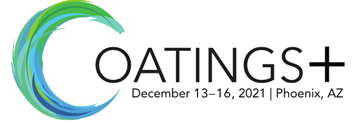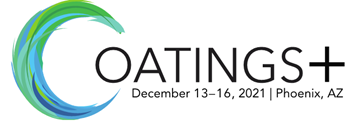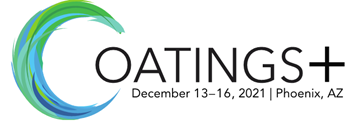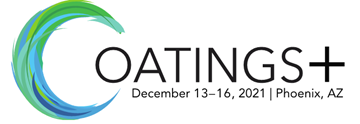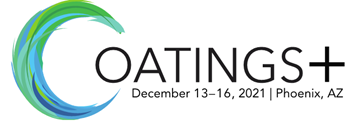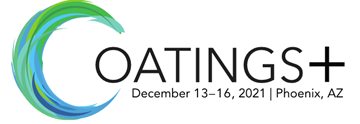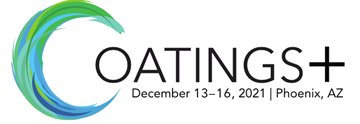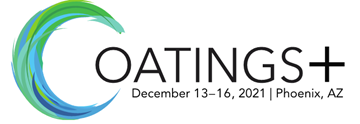Search
Products tagged with 'coatings'
View as
Sort by
Display
per page
(Green Coatings) U.S. Army Combat Capabilities Development Command (DEVCOM) Safer Alternatives for Readiness (SAFR) Program: Modernizing Army Coatings Technologies
Product Number:
59-COAT_DEC21
Publication Date:
2021
$20.00
(Inspection) Adhesion Testing: How to Make It Stick in Assuring Coating Performance
Product Number:
63-COAT_DEC21
Publication Date:
2021
$20.00
(Inspection) Coating Condition Assessments: The First Step in Fighting Corrosion on Aboveground Sto
Product Number:
53-COAT_DEC21
Publication Date:
2021
$20.00
(Inspection) Coating Inspection- Is a Manufacturers Rep a Good Choice for Project Coating Inspections?
Product Number:
52-COAT_DEC21
Publication Date:
2021
$20.00
(Inspection) What Do You Really Need to Know to be a Good Coatings Inspector?
Product Number:
60-COAT_DEC21
Publication Date:
2021
$20.00
(Insulation & Corrosion) Field Application of Third Generation Polysiloxane Coating Systems
Product Number:
18-COAT_DEC21
Publication Date:
2021
$20.00
(Insulation & Corrosion) Insulative Coatings - Fit for Purpose
Product Number:
17-COAT_DEC21
Publication Date:
2021
$20.00
(Insulation & Corrosion) Surface Decontamination Significantly Reduces Vulnerability to CUI
Product Number:
20-COAT_DEC21
Publication Date:
2021
$20.00
(Pipeline, Oil & Gas) Creating and Applying a Single Coat Nano Non-Skid Deck Epoxy
Product Number:
32-COAT_DEC21
Publication Date:
2021
$20.00
(Surface Prep) Don’t Let Your Eyes Deceive You
Product Number:
67-COAT_DEC21
Publication Date:
2021
$20.00
(Surface Prep) National Shipbuilding Research Program Surface Preparation and Coatings Panel SSPC 2
Product Number:
48-COAT_DEC21
Publication Date:
2021
$20.00
(Surface Prep) Power Tool Surface Preparation in Shipyards
Product Number:
64-COAT_DEC21
Publication Date:
2021
$20.00


